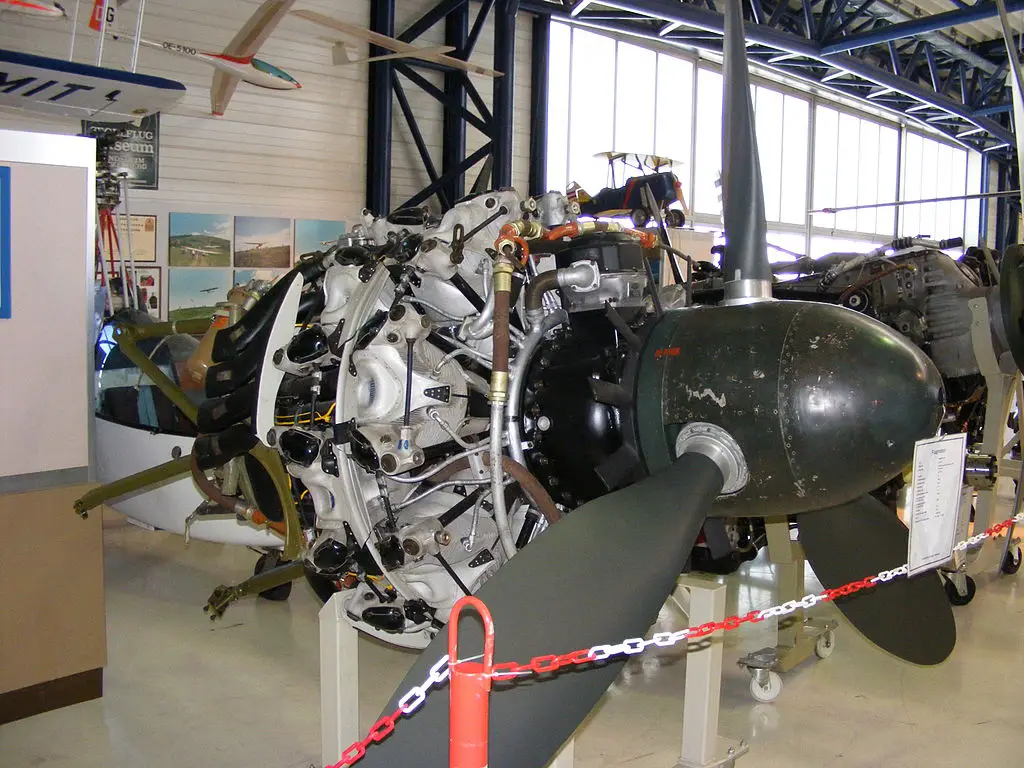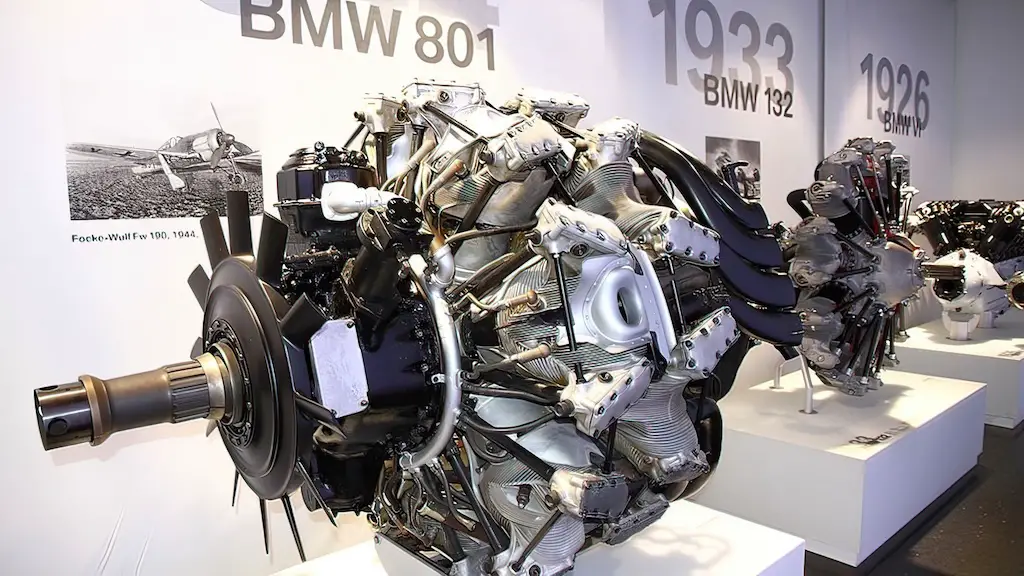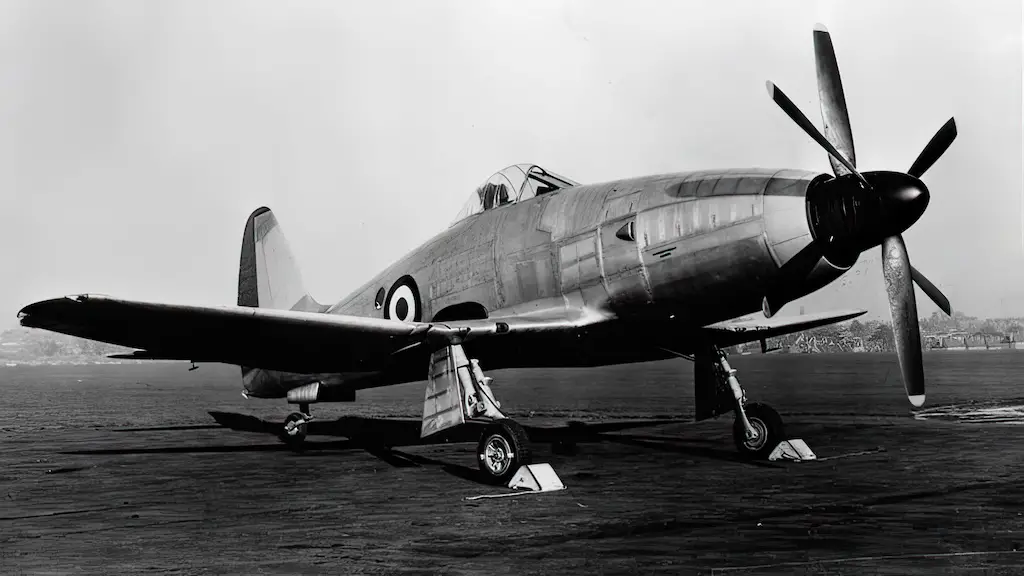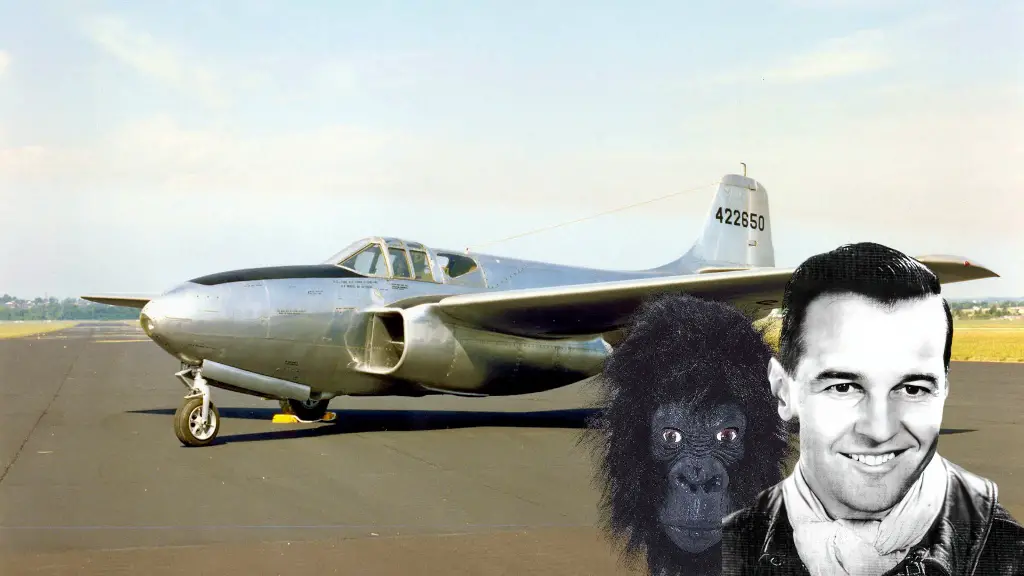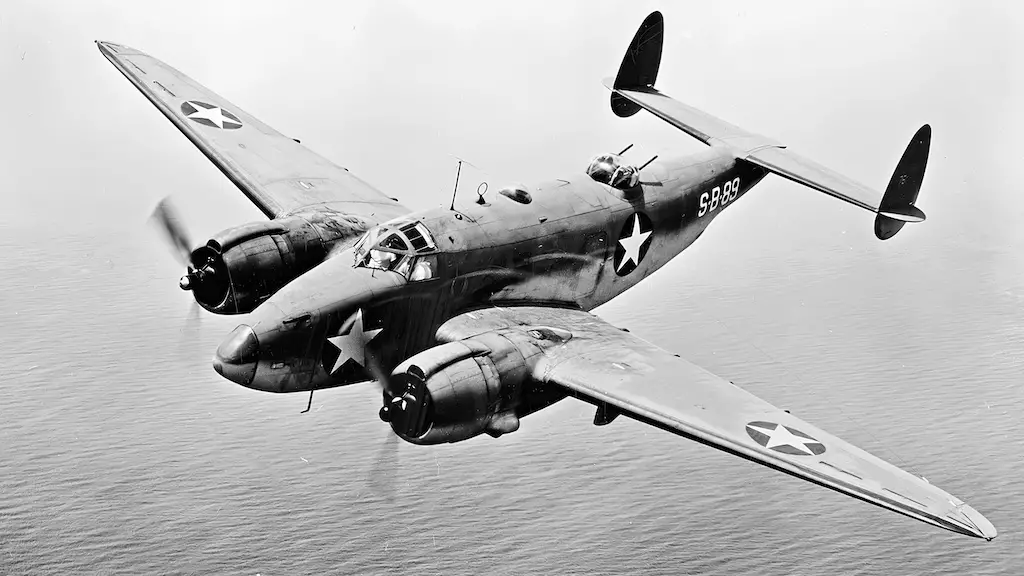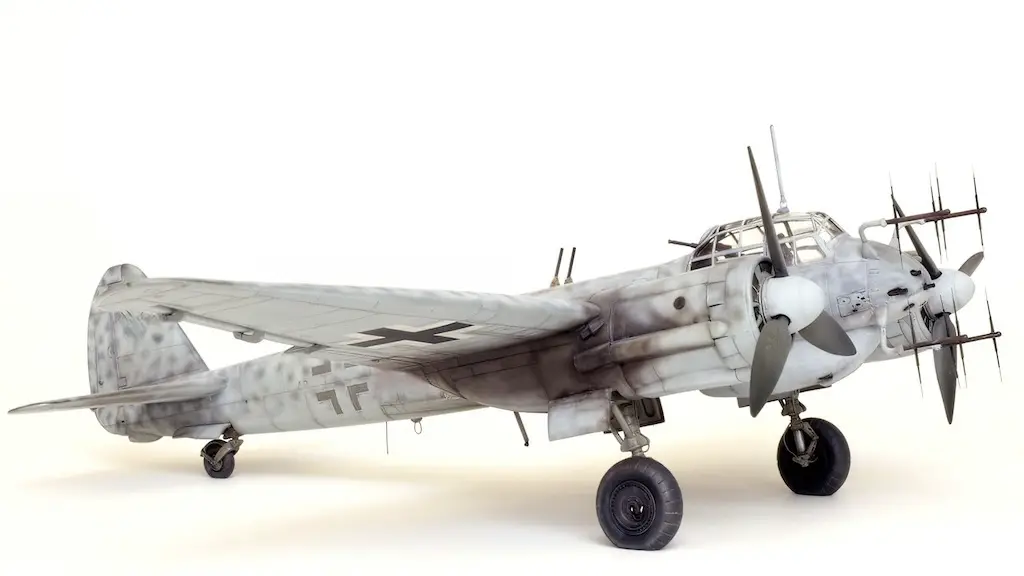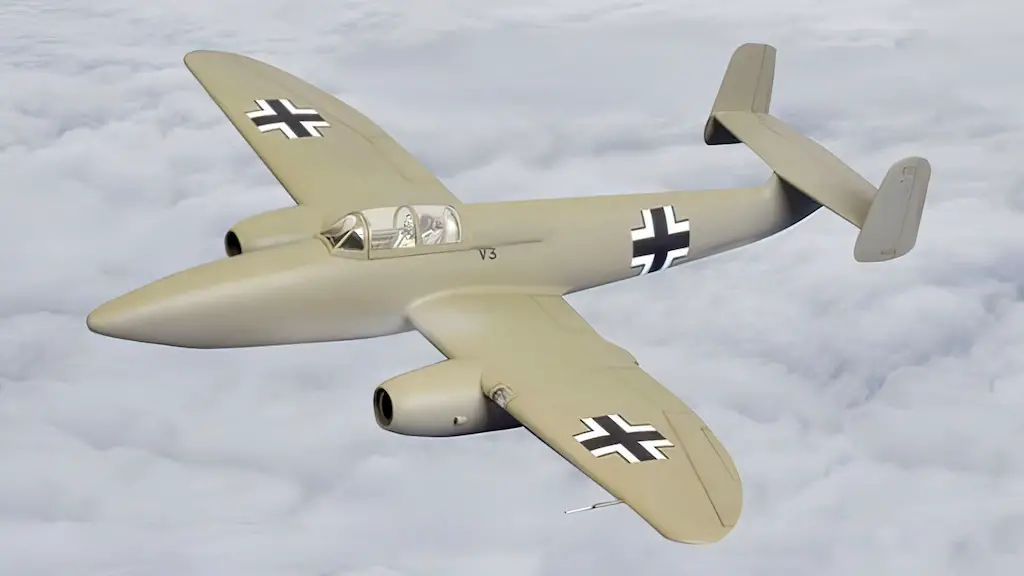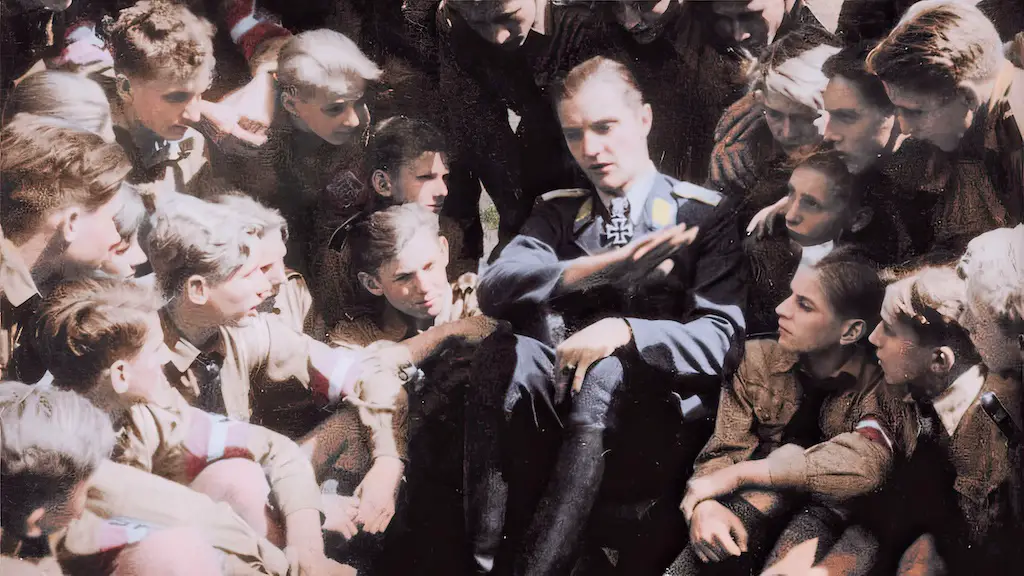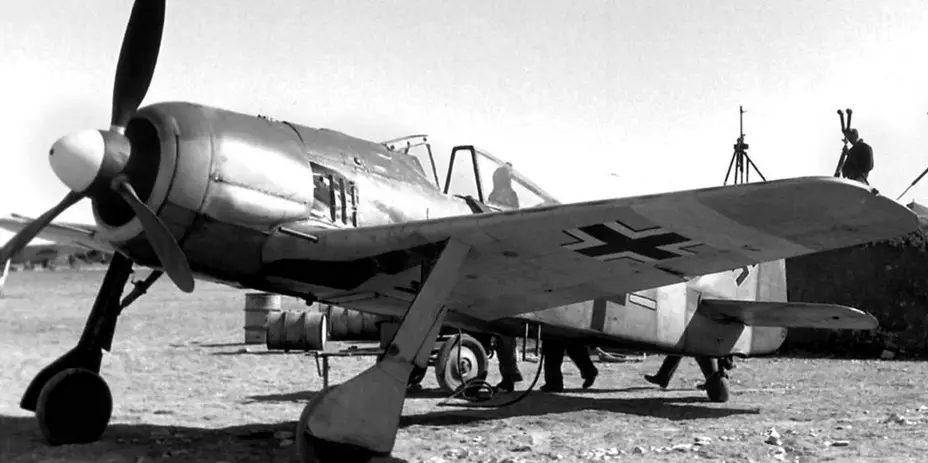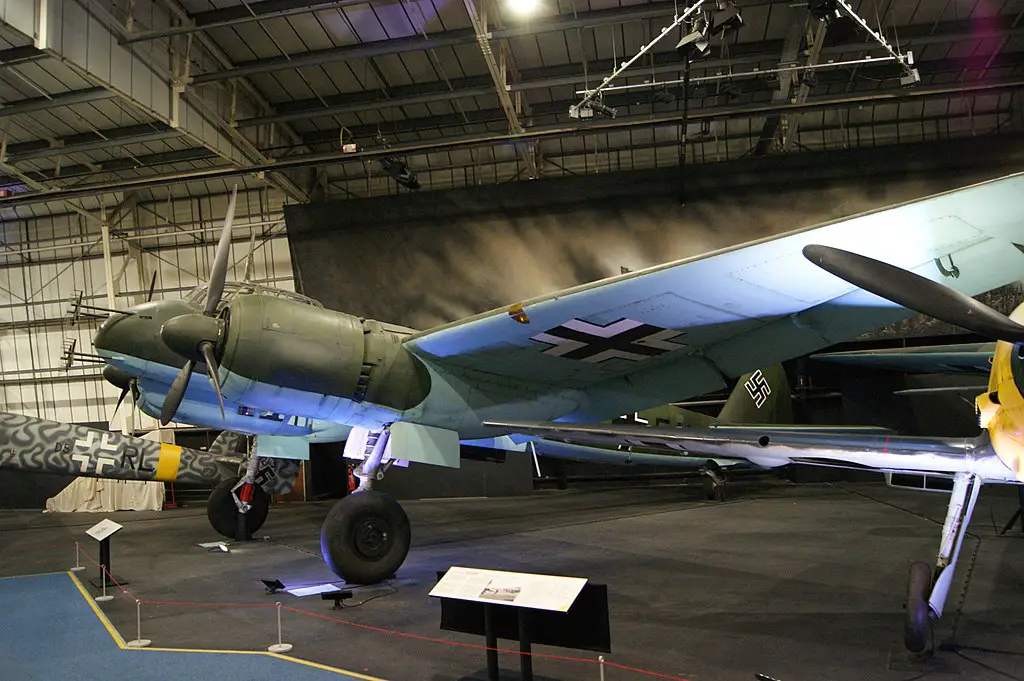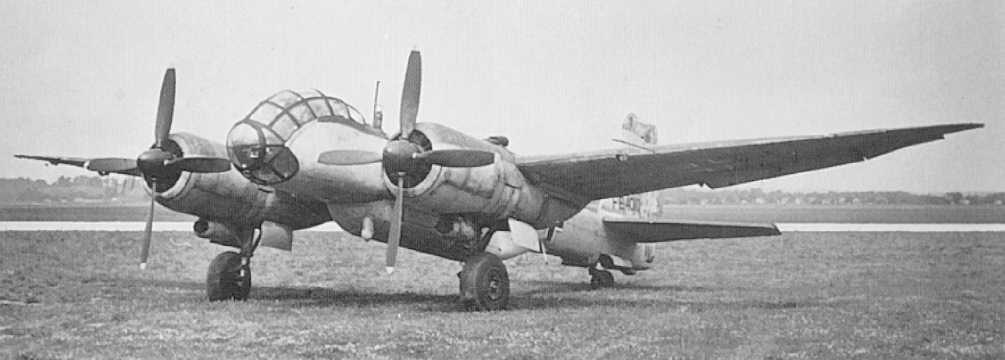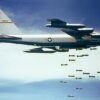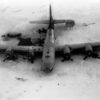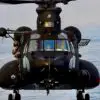The roar of the BMW 801 was unmistakable during World War II. Powering famed aircraft like the Focke-Wulf Fw 190 and the Junkers Ju 88, this engine played a critical role in aerial encounters during World War II.
The late 1930s and early 1940s witnessed a race for air superiority. Amidst this backdrop, BMW set out to produce a radial engine that would provide a significant edge. The BMW 801 was the result of relentless research, testing, and refinement. Initially conceived in 1939, its development faced numerous challenges. From addressing cooling issues to enhancing fuel efficiency, the engineers at BMW tirelessly worked on perfecting its design.
By 1942, their dedication bore fruit. The BMW 801, with its 14 cylinders and two-row radial design, became operational. Its innovative features, like the pioneering Kommandogerät system (an automatic engine control unit), differentiated it from its competitors, ensuring it held an edge in the European skies.
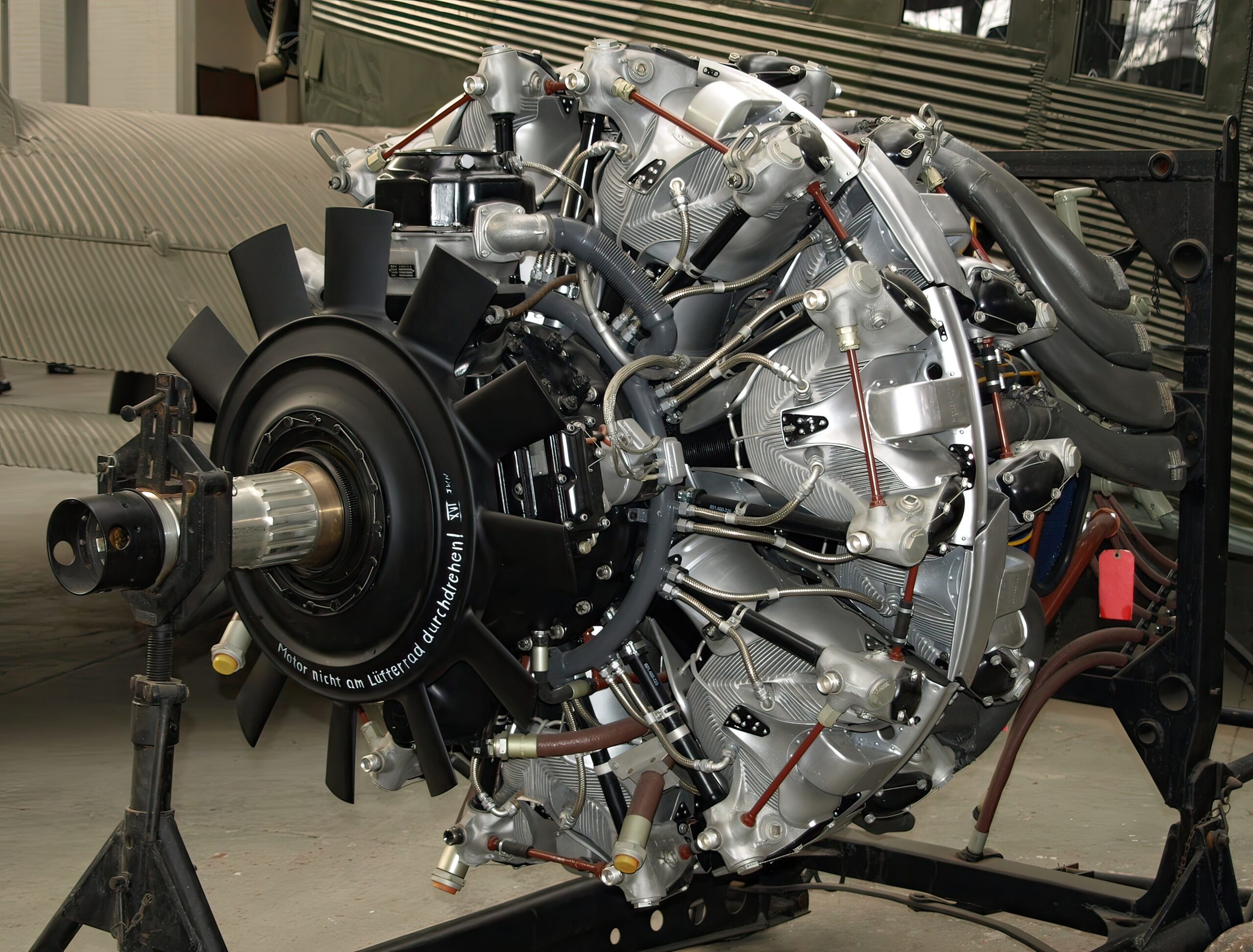
Unleashing Power
The BMW 801 was not just an engine; it was a powerhouse. What set it apart? First, it boasted an impressive power output. At its peak, it churned out over 1,500 horsepower, ensuring the aircraft it powered could hold their own in dogfights and intense missions.
Second, its reliability. Aircraft engines need to be dependable, especially in combat situations. The BMW 801’s robust design ensured fewer breakdowns and longer periods of service before needing maintenance. This combination of power and reliability provided the German Luftwaffe with an engine that kept them competitive in the sky.
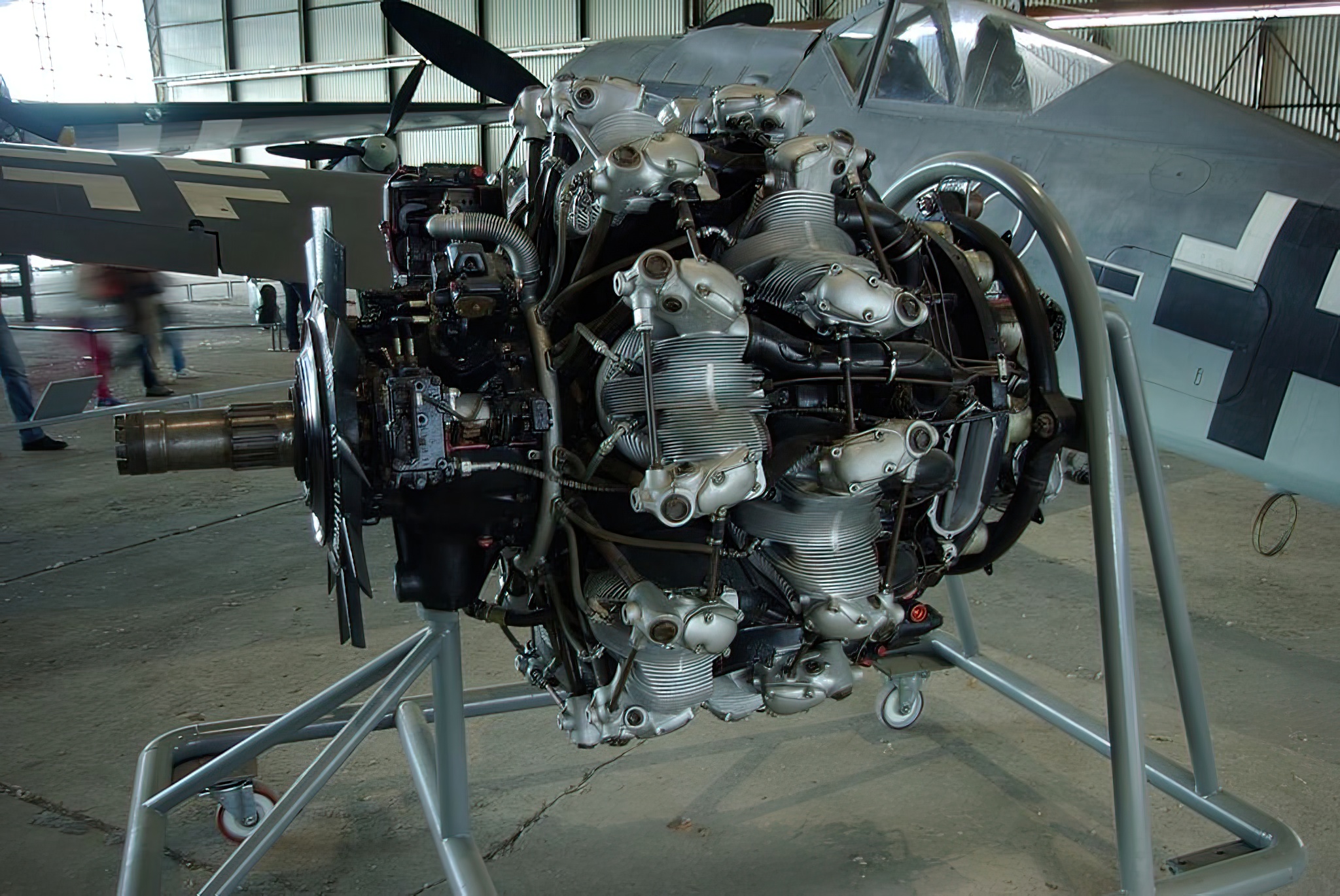
Aircraft of the BMW 801
An engine’s reputation is often carved by the aircraft it powers, and the BMW 801 didn’t just power any aircraft—it powered legends.
The Focke-Wulf Fw 190 stands out prominently. Touted as one of WWII’s finest fighters, its blend of speed, agility, and sheer firepower made it a terror in the skies. The BMW 801, pulsating at its heart, was integral to its performance, turning it into an aerial powerhouse and a prime choice for German pilots.
Next in line is the versatile Junkers Ju 88. Initially conceptualized as a bomber, its adaptability was its forte. Whether engaged in reconnaissance, night fighting, or torpedo bombing, the Ju 88, with the BMW 801 under its wings, showcased exemplary performance across roles.
Not to be overlooked is the Junkers Ju 388. A further development of the Ju 88, it was designed for high altitude operations, primarily reconnaissance and night interception. The BMW 801 was pivotal in ensuring that the Ju 388 could operate effectively at these altitudes, giving the German Luftwaffe a distinct advantage in specific aerial scenarios.
Civilian Applications of the BMW 801
While the military prowess of the BMW 801 is well-documented, its influence wasn’t confined to just the battlegrounds. Post-war, the need for commercial and civilian aviation solutions grew, and the BMW 801 found its way into several such applications. Converted surplus aircraft, powered by the 801, were utilized for cargo transport, aerial photography, and even in agricultural roles.
